Download the kmz-file for GoogleEarth to follow our route inside North Korea and see, where the photos were taken. Most of my photos from inside North Korea are now on GoogleEarth.
9:51 – passing a small station:
Kim Il Sung and an obelisk, next to which some kind of meeting was held…
Train video with much and loud "tatak-tatak" at maybe 30 km/h...
There are many tunnels en-route, and all are guarded by female soldiers...
----
Propaganda?
More "tatak-tatak" another train/landscape video:
Station Kuum-ni (arr 10:11, dep ~10:22)
----
River crossing just south of Kuum-ni:
10:28 - Passing another passenger train:
Seating car with pantograph:
Considering the number of other trains we met, one cannot say that railway traffic in North Korea is in total disorder and in it’s last throes. Trains are running and during our trip from Tumangan to Pyongyang there were obviously no problems with electricity supply for the catenary. Only once we stopped for 5 minutes in the middle of nowhere, but that might have been caused also by something else. However, the tracks are in bad condition, that causes the delay.
Freight trains where quite rare and relatively short (passing tracks at stations have usually a length of 400-500 meters according to Google Earth (…what would I do without Google Earth???)), so freight traffic inside North Korea might indeed be very low. And we saw less factories than expected considering our experiences in other former Socialist states. The main economic activity in North Korea seemed to be still agriculture.
Kim Il Sung:
The railway line sometimes follows the coast, then again – when the shore is too rocky –
goes in the hinterland for some kilometers and climbs up the hills and then comes back down to the coast and so on.
Eastern Sea (Japanese Sea) again (11:10):
Due to the beautiful landscape tourism could boom, if there weren't so many restrictions…
An ox-kart:
It was visible that the people are relatively poor. We often saw people washing their clothes in rivers – many houses don't seem to have water supply, let alone electricity. Now it was september and still warm, but we could imagine how hard life is here in the bitterly cold winter.
However, we saw nobody who was visibly underfed. OK, those who are, would probably not walk around.
-----
Approaching a small bridge (11:30) between Kuum-ni and Soho-ri:
Lake south of Soho-ri:
----
Propaganda inscription...
----
Semaphore:
At Yuktae-dong east station (there are two stations in this town, I decided to call them "east" and "west") we saw this 8-axle freight wagon (12:53):
Another freight wagon at the same station:
At Yuktae-dong west station (13:09):
Our train stopped in one of these stations, but I don't rember which and also the time of the photos doesn't tell it exactly.
I'm not sure whether it was here or elsewhere, but at one station I saw a woman who ran to the locomotive, opened the door, put their suitcase in and then boarded herself. Maybe she had no valid travel documents and instead payed the engine drivers to take her?
----
Next to Yuktae-dong west station:
13:13 – passing a small station west of Yuktae-dong
-----
13:20 – the next station…
Stop at Hongwon (~13:45):
During the train trip sometimes other railway staff from the train came to our sleeping-car. At lunch time two North Korean "provodnizas" (BTW, I have to admit that many North Korean women are quite attractivel) had lunch together with our conductors. Together they also did something with the boxes stored everywhere in the sleeping-car. Maybe they had "ordered" some items from Russia and now received them.
I think the conductors of this sleeping-car have a relatively good life. They can see the outside-world, don't have to work really hard (most time they were eating, playing cards or sleeping) and can earn some extra money...
----
Typical road traffic:
Road traffic was scarce and existed primarily in form of lorries and tractors. Hardly no passenger cars were visible.
----
Endless rice fields:
Freight train (15:30):
----
Houses near Hamchun:
----
Station Hamchun (~15:55, scheduled 12:04 – 12:28)
Local people, who saw us at stations, were at the 1st moment quite surprised, but then usually didn't care.
When somewhere in the countryside people, who were walking or working on the fields next to the railway, saw us looking out of the passing train, unbelieving amazement was their reaction and often the told other people standing next to them, that there is something sensational to see and pointed to us…
We then often waved to them and they waved back and laughed, especially if they were children.
However, I also saw children who were using the railway as playground. Some maybe five year old children were running close to the train and throwing stones to it. Fortunately nothing happened, but it really looked dangerous and I can imagine that terrible accidents, at which playing children are hit by trains, sometimes happen...
----
Electric shunter about one hour after Hamchun:
----
We noticed that the water of the rivers was relatively clean and that hardly no waste was lying around. That's the advantage of an underdeveloped country…
One more train video:
-----
-----
Freight train (17:39)
An elektrichka? (elektrichka = Russian word for suburban train) (17:55)
At Kovon (arr. 18:14, dep. 18:27; scheduled: 14:20 – 14:41, 215 more kilometres till Pyongyang):
The timetable attached on the corridor of our sleeping car. It covers only the Russian part of the trip and ends at Khasan:
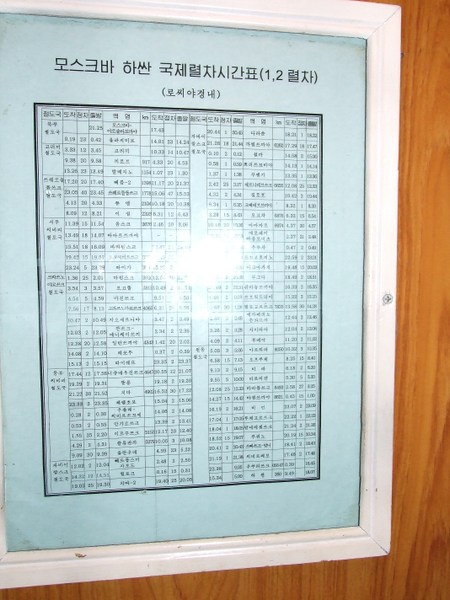
At Kovon the "coastal" mainline from Tumangan to Wonsan and beyond meets the mainline from Pyongyang. The line from Pyongyang is connected to both ends of the station, meaning that no trains have to change direction here. All three lines are single-track and electrified.
The locomotive of our train was nevertheless exchanged here – the 1st time during that day and maybe since Tumangan.
Unfortunately it was too dark to take photos during the further trip to Pyongyang. The line was very scenic, it was a real mountain line. The train climbed up following a narrow valley. We passed many tunnels and bridges and after some time we noticed a clear sky above us. The weather was cloudy only close to the sea, here in the mountains it was perfect.
We finally crossed the mountain ridge through a longer tunnel. Outside it was already totally dark. The notorious Yodok concentration camp (http://en.wikipedia.org/wiki/Yodok_concentration_camp) is said to be located somewhere here, according to Google Earth we were as close as 30 kilometers to it...
We stopped at Yangdok station at 21:15, then at Sinsongchon (22:20) and arrived at Sunchon at 23:27. The towns seemed to have electricity as we noticed light inside the houses (not very bright however, I heared that in North Korea only 40-watt bulbs are available). But there were no street lights and no lights on the platforms. Railway staff used LED torch lights for orientation.
Departure from Sunchon was at 23:36. According to our map the distance to Pyongyang was about 60 kilometers. We expected to arrive at Pyongyang at about 1:30 and decided to get some sleep.
We woke up again, when one conductor knocked on our door and said "Pyongyang, Pyongyang". Five minutes later we arrived at Pyongyang main station. I don't remember the exact time, but it was about 2:15.
It was the end of a 13.000 kilometer long train trip, which took 13 days 8 hours and 30 minutes and during which I crossed four borders and experienced gauge-changing two times...
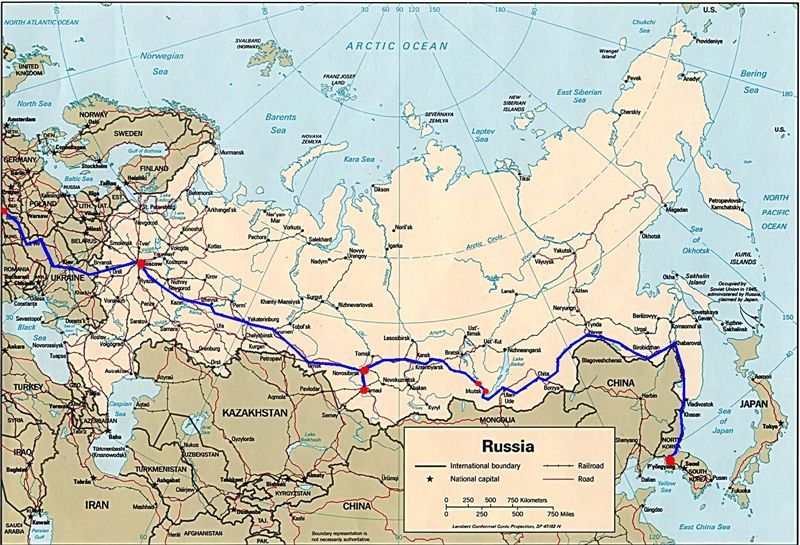
We already saw two persons waiting on the platform, they seemed to be our guides. But we still had to pack our luggage. The conductors and the other passengers were hectically unloading all those packages and boxes. After we gathered all our belongings it was quite difficult to leave the sleeping-car as many of those boxes were standing on the corridor.
Finally on the platform we said goodbye to the conductosr and made our way through the crowd to our guides. They welcomed us and we excused for the delay and the arrival in the middle of the night. One of the guides spoke German, the other spoke English.
The train from Tumangan arrived on platform two, whereas the train from Beijing via Sinuiju usually arrives and departs on platform one, the high one which allows boarding without steps. Pyongyang was also the only North Korean station on our trip with some weak light on the platform.
We were guided over track one to a special exit in the station building where we had to show our tickets. Through a corridor in the building we came to the square in front of the station, where our car (a Toyota-minibus) and its driver were waiting. We were the only passengers using this station exit and I assume that there is another station exit for North Koreans, where they have to show their papers allowing the trip to Pyongyang.
The German speeking guide asked us, how we bought our tickets and who recommended us this route, we answered that we found out about this route and bought the tickets ourselve.
We then drove to the "Yanggakdo"-hotel (http://en.wikipedia.org/wiki/Yanggakdo_Hotel), located on an island in the middle of the Taedong-river. The main station is very close to it. Of course the street lights weren't switched on. At the island we branched off the main road and continued to the hotel. The hotel area was fenced off and the gate was already closed. After some time it opened and we could drive to the hotel. We checked in and left our passports at the reception.
The guides told us, that the next day we would meet at 8:30 in the hotel lobby and then visit the "Kumsusan Memorial Palace" (= mausoleum of the Great Leader Kim Il Sung). For that we were asked to wear the most formal clothes we had.
We then sayed "good night" to them and went up to our room on the 21st floor, where the 1st thing I did, was taking a shower and the 2nd thing was copying the photos of the trip from Tumangan to Pyongyang to a safe place on my laptop...
We went to bed only at about 4:00 and still had some discussions about our trip to Pyongyang which generated so much impressions and also raised many questions. For example:
What are the other passengers of our car doing now?
How did they get home from the station?
What was inside the boxes?
Are the passengers happy to be at home now or would they prefer to stay in Russia longer?
How do they think about North Korea, after they have been to the outside world? Do they still believe they live in the best world?
Many unsolved questions already in the beginning of our stay in North Korea...
How did the guides knew? You might wonder, why the guides were waiting for us at the train station, expecting us to arrive with the train via Tumangang?
The "offical version" for the travel agency was that we would arrive one day earlier with the train via the officially allowed route via Sinuijiu...
Well we thought that it wouldn't be a good idea to arrive at the train station and nobody waiting for us there. Maybe policemen would have picked us up?
So we took care that the travel agency was informed about our modified route - just early enough to inform the guides about the later arrival data (one day and a few hours later), but late enough to not give them a chance to prevent us from entering at Tumangang or to contact the border staff in advance. When we entered at Tumangang, nobody knew what we were just doing...
YOU ALSO WANT TO TRAVEL EUROPE - PYONGYANG BY TRAIN?
Now there is also a travel agency, which can even organize Europe - Pyongyang train trips (but not the route we took). Also I recently found out that theoretically there is a possibility to travel to Rajin via Tumangan legally (but not to Pyongyang).
Click here for more information.
MY OTHER TRIPS
Eurasia 2005: ~35.000 km by train from Europe via Ukraine, Russia and Mongolia to China and back to Europe via Kazakhstan and Uzbekistan:
Total solar eclipse 2008: Trip to the total solar eclipse in the Altay mountains (1st august 2008), including a 6-day trekking trip:
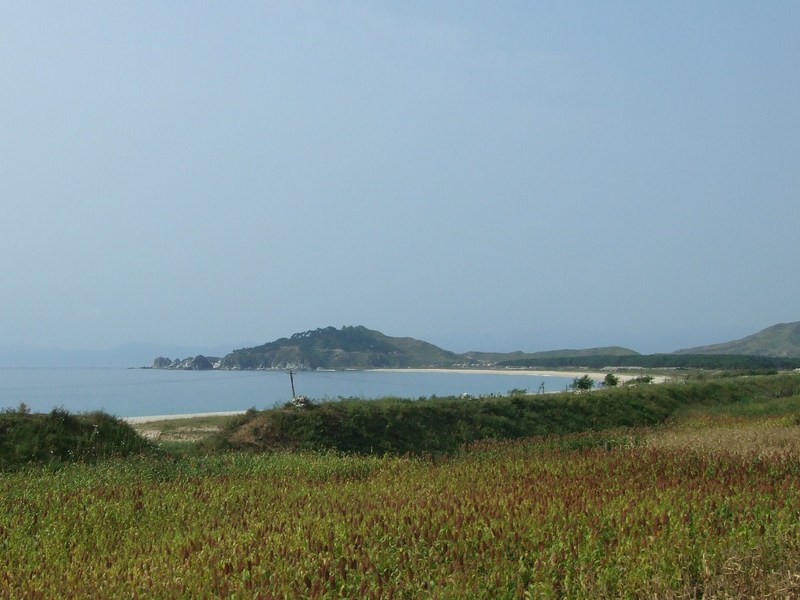
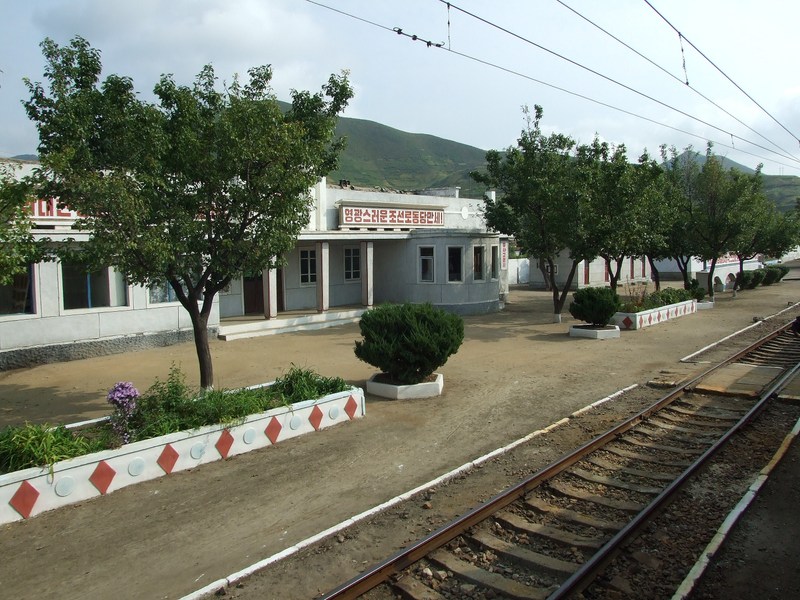
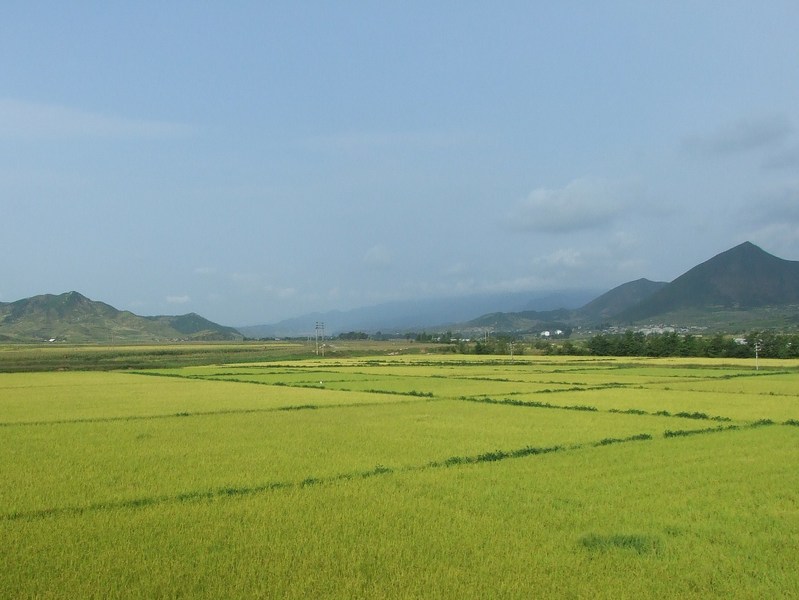
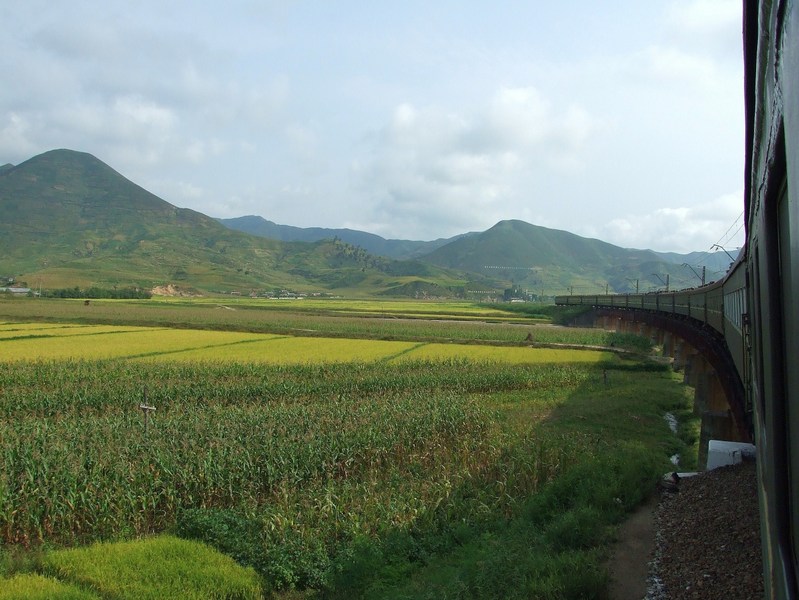
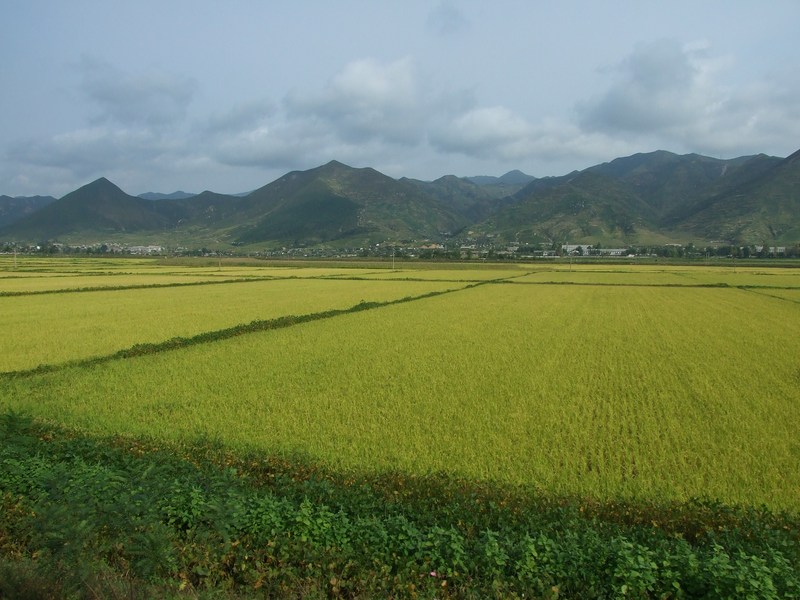
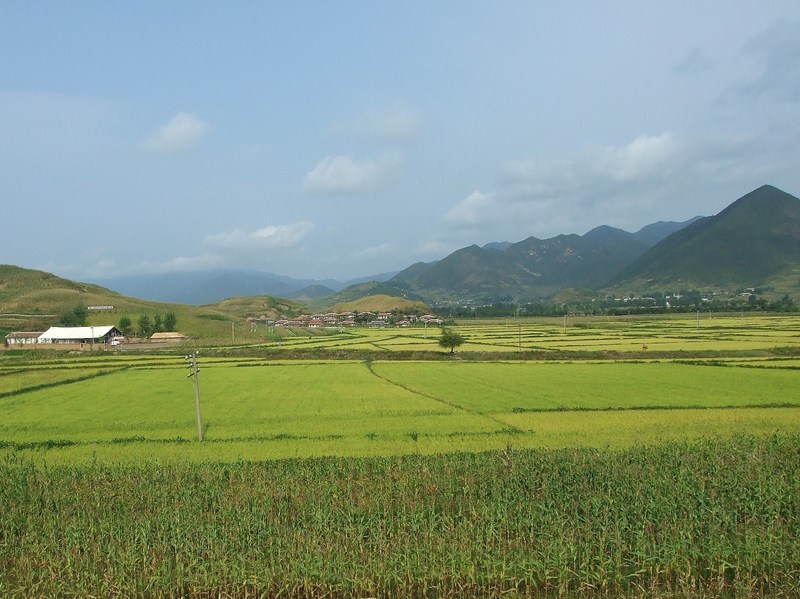
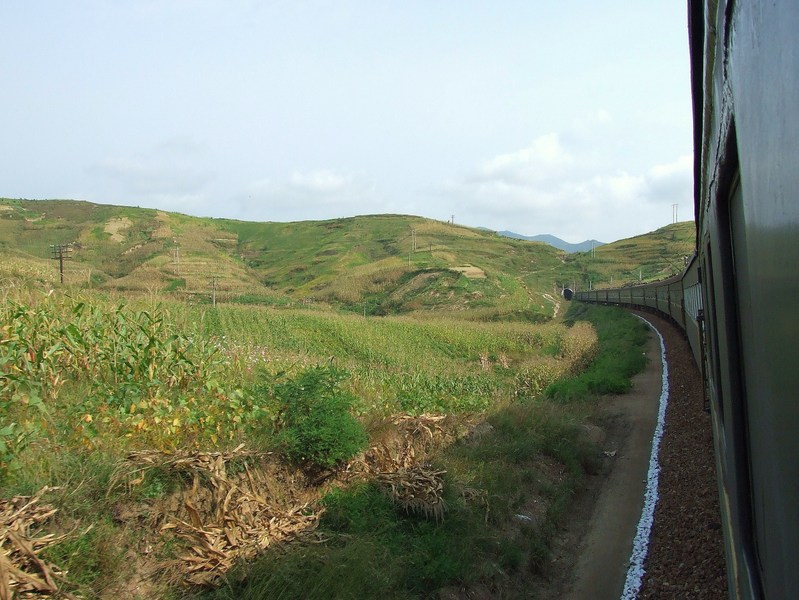
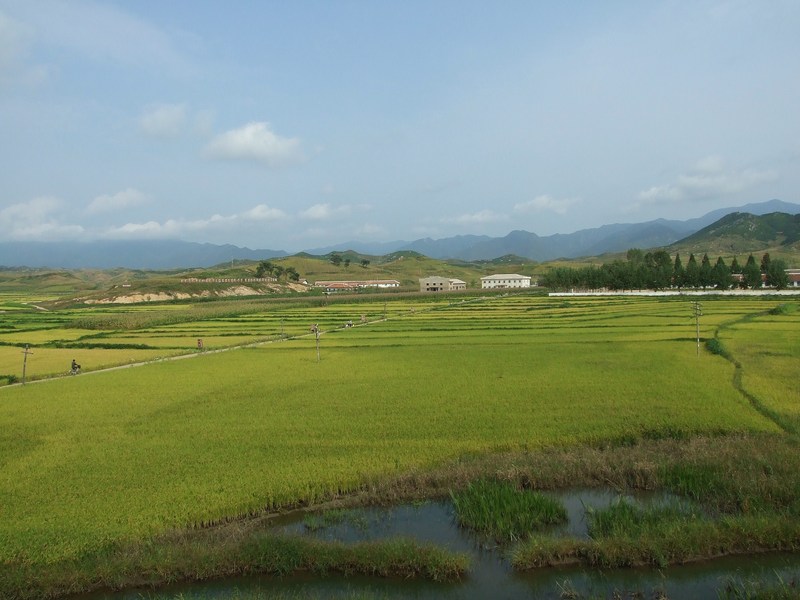
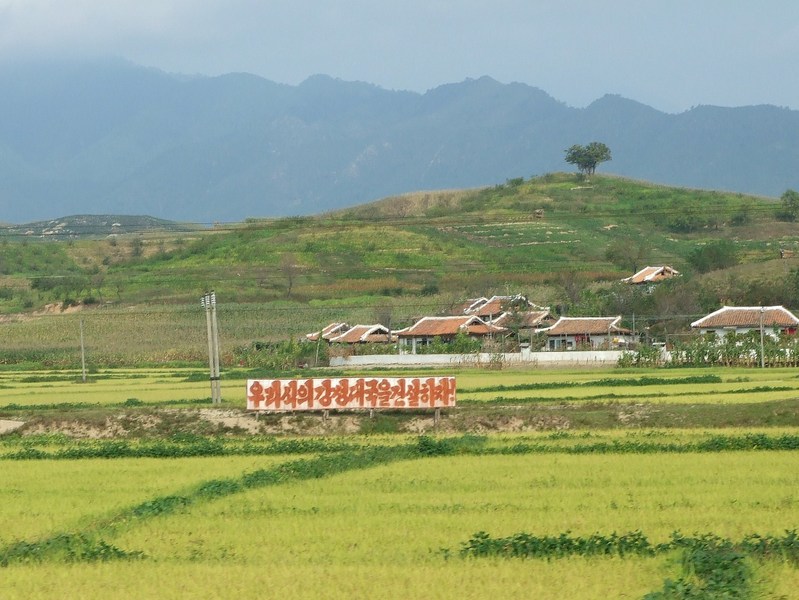
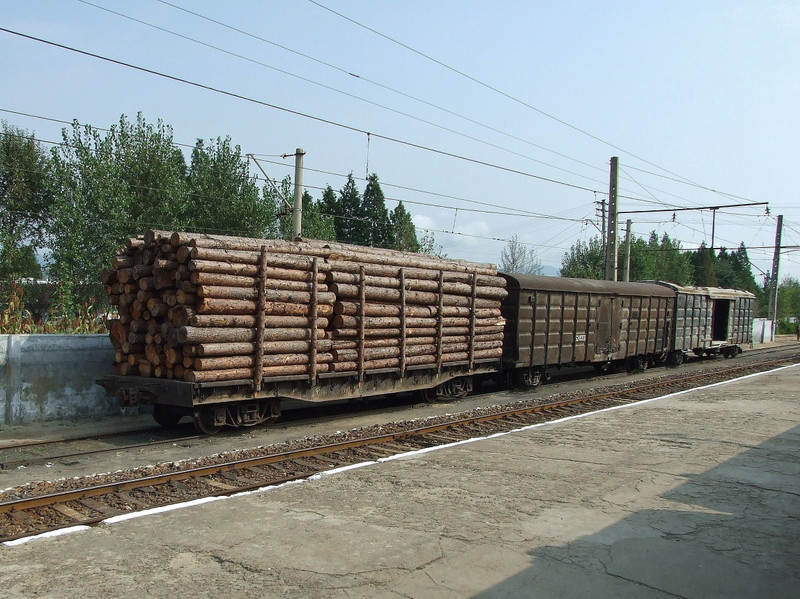

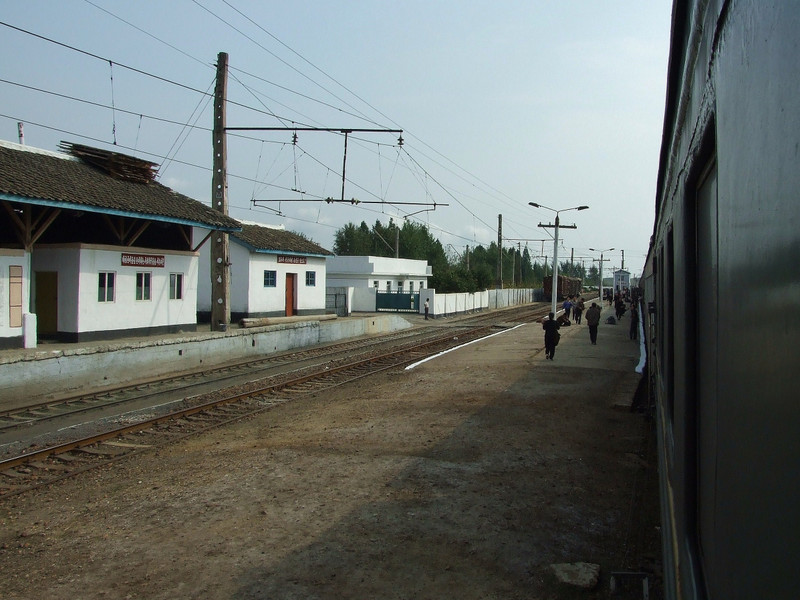
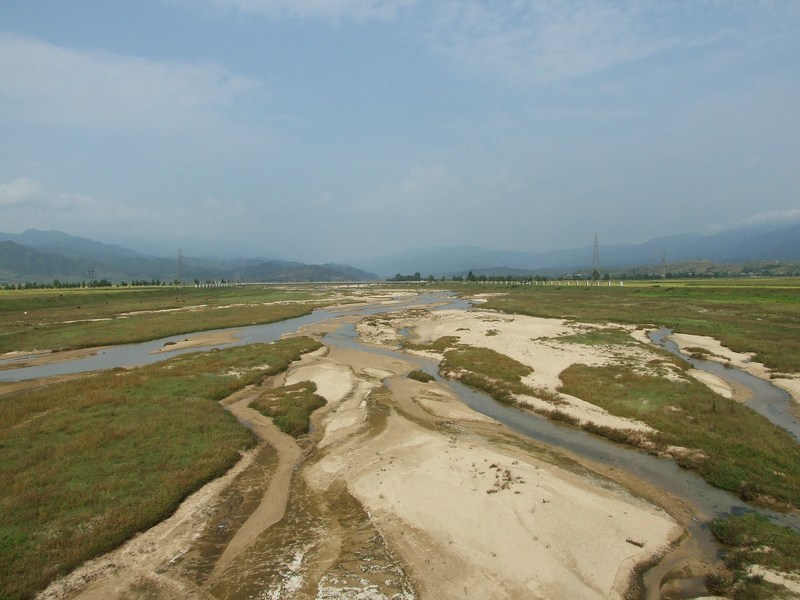
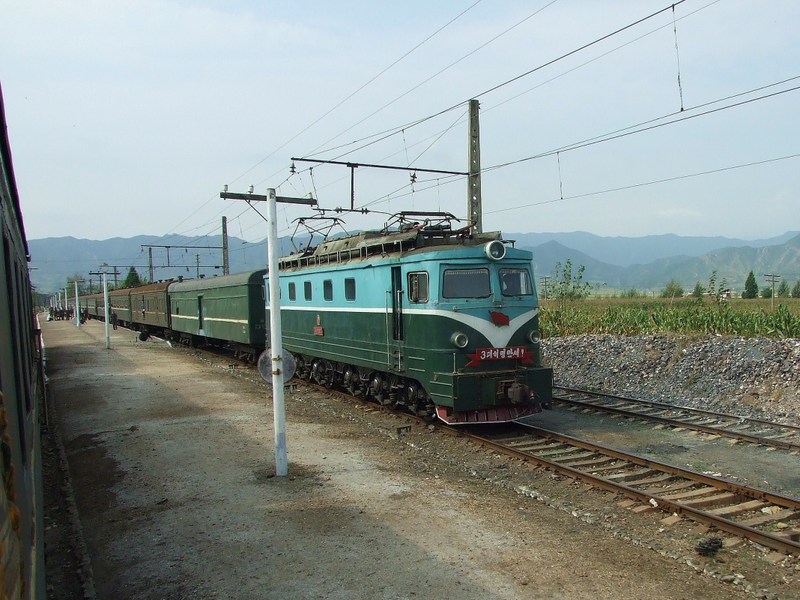
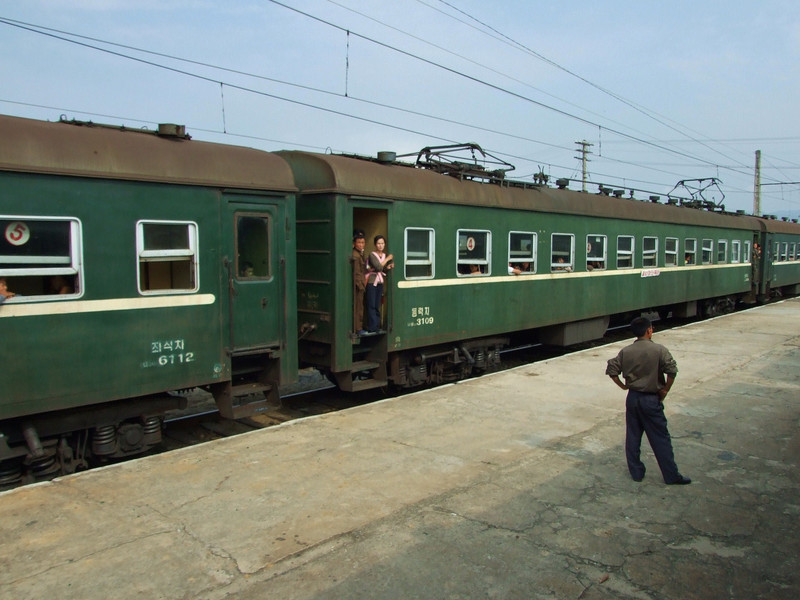
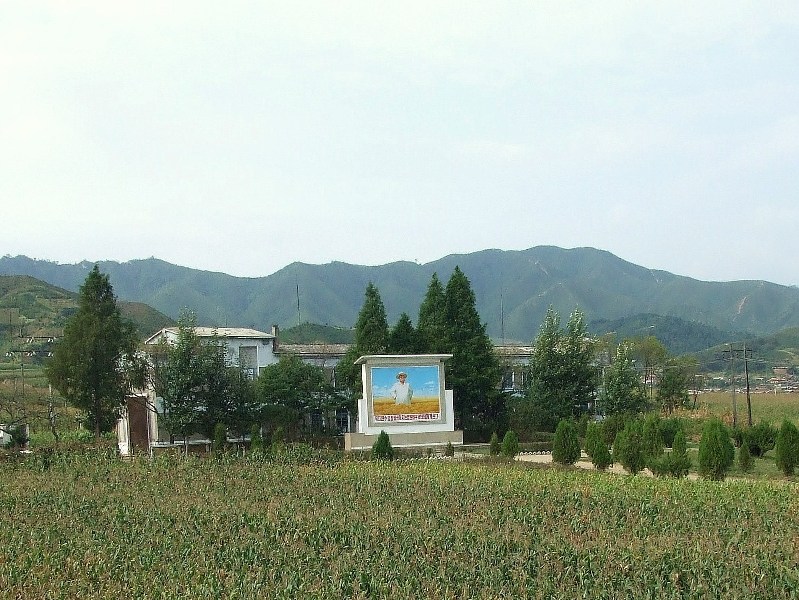
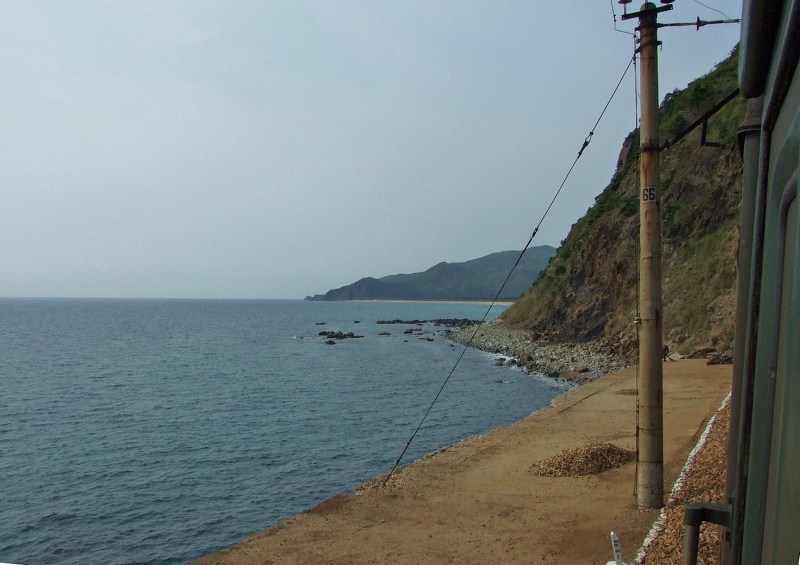
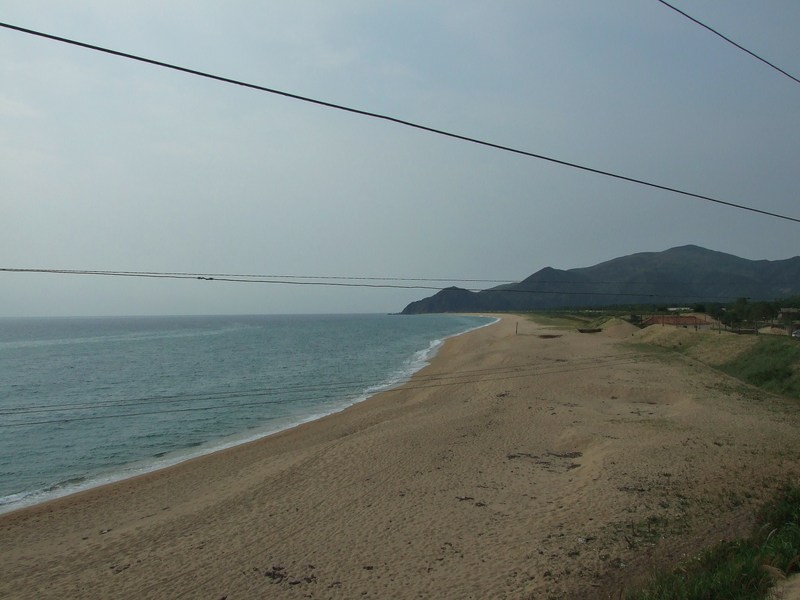
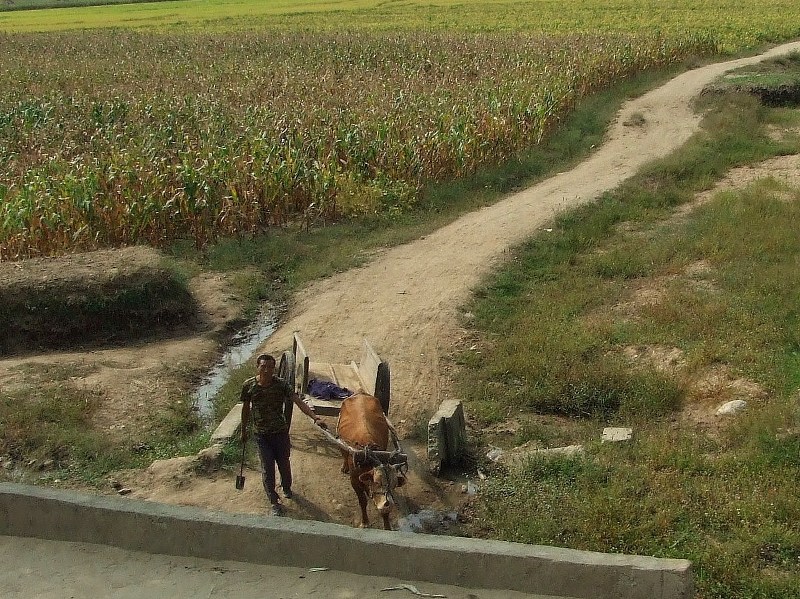
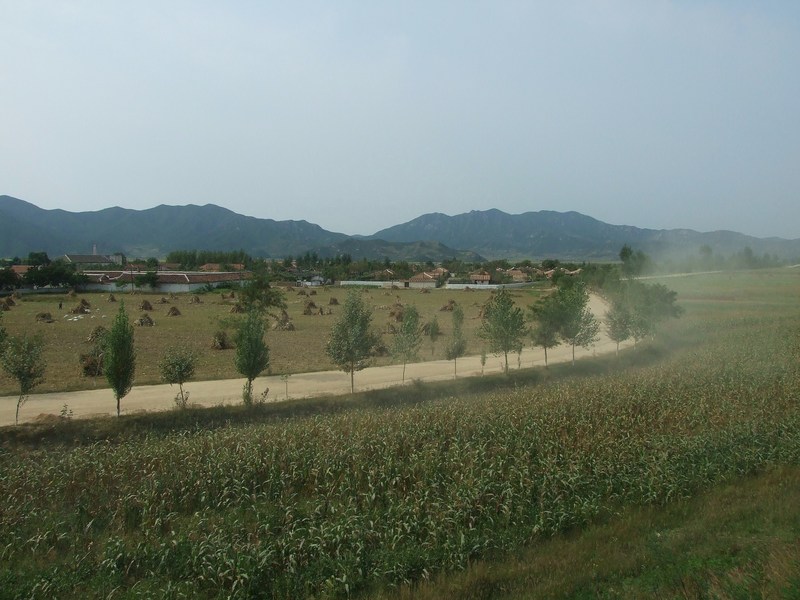
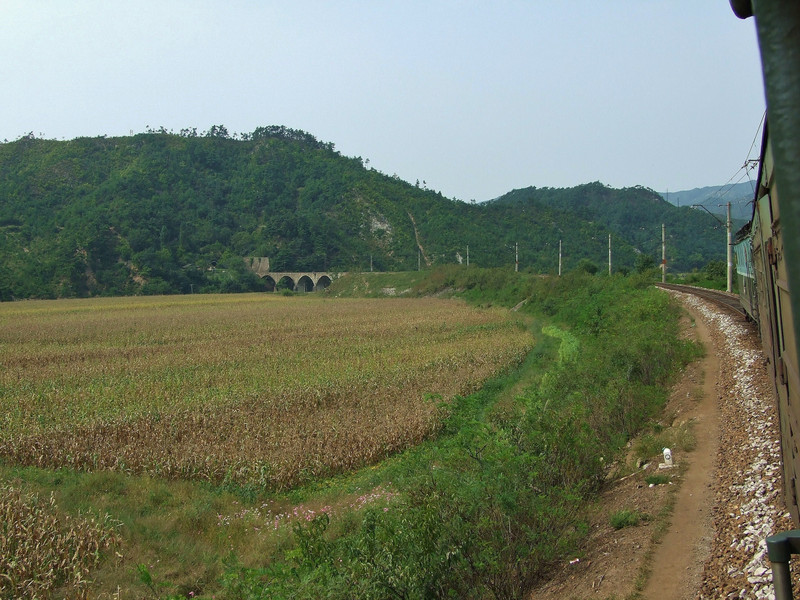
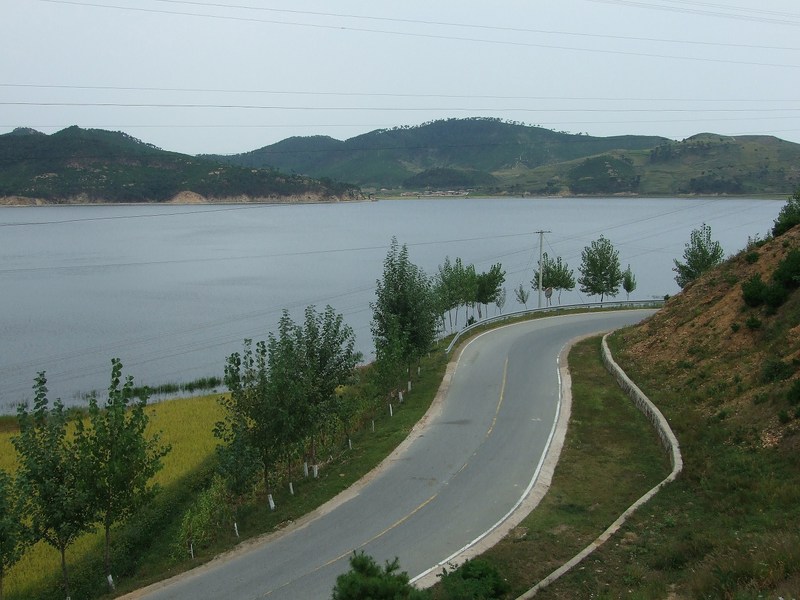
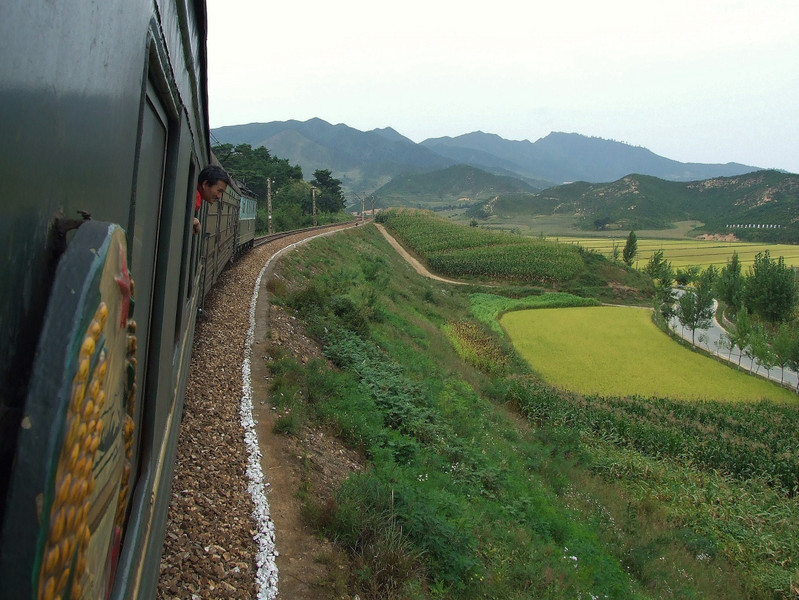
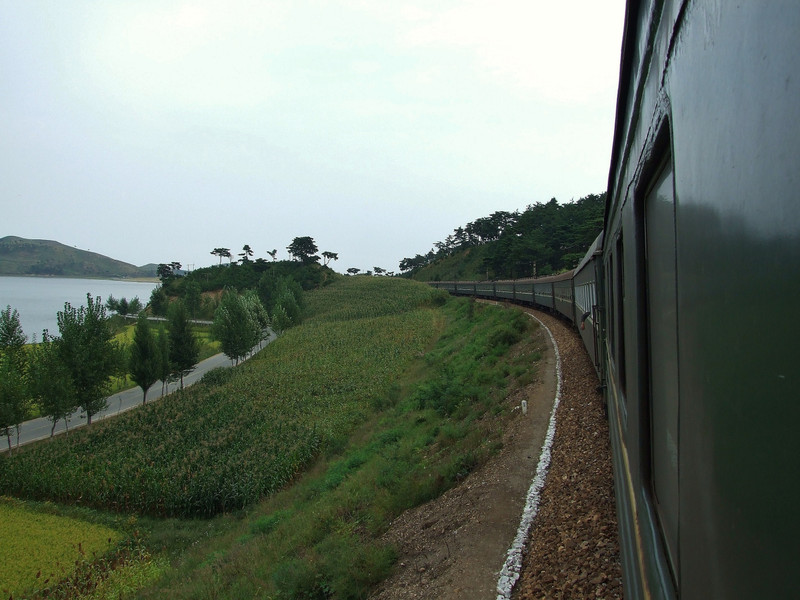
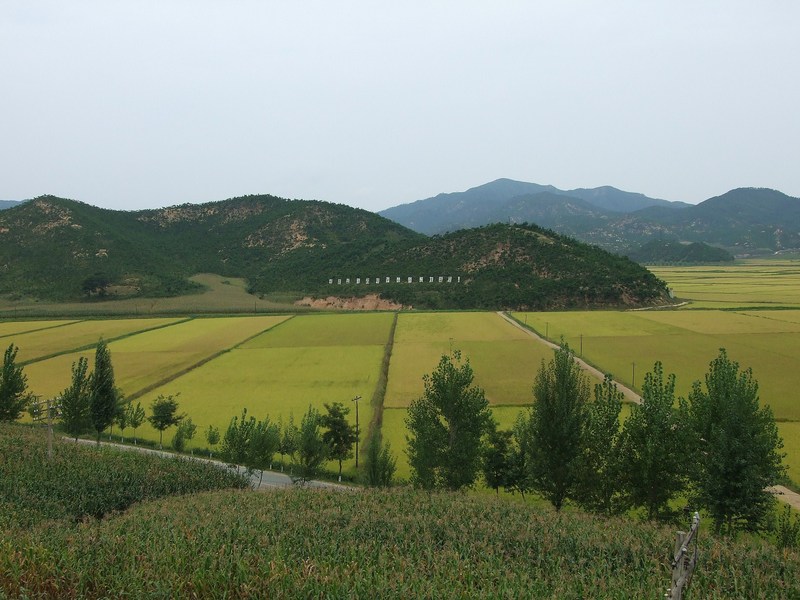
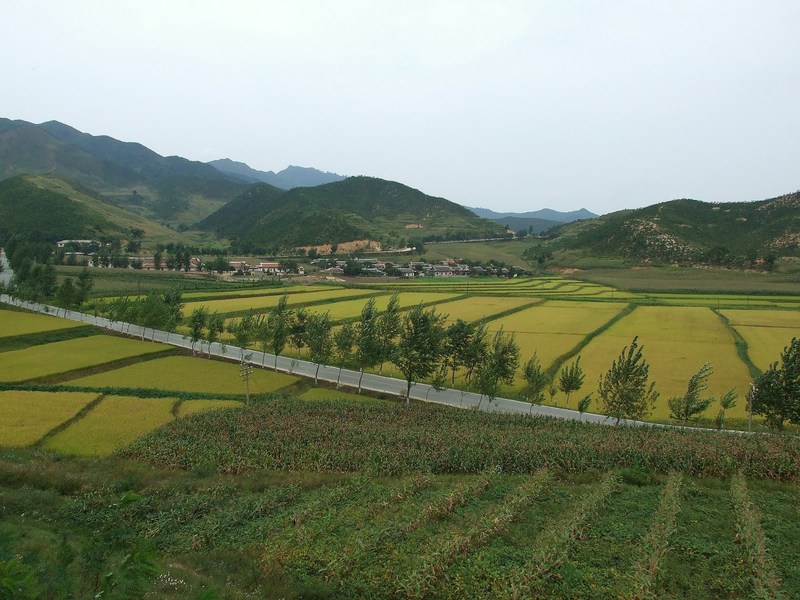
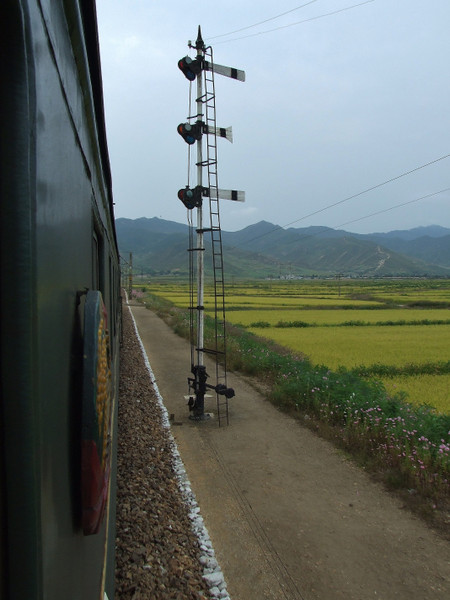

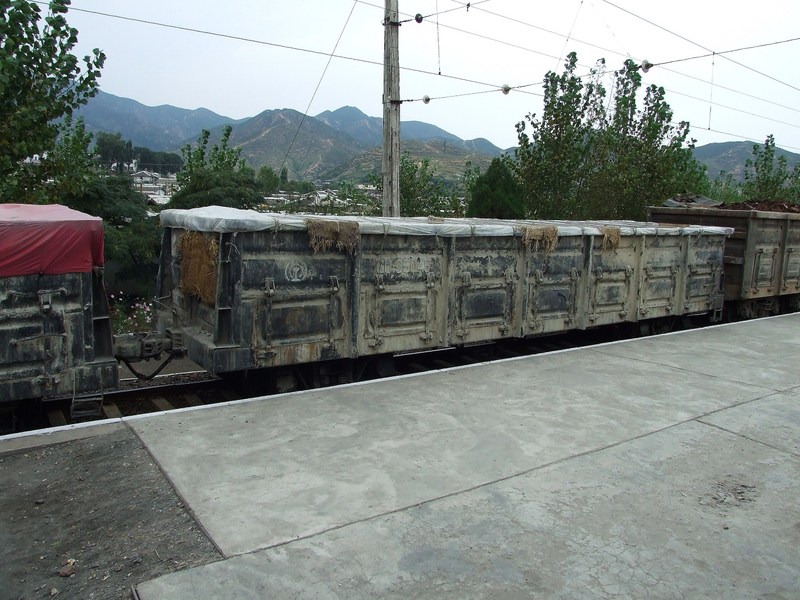
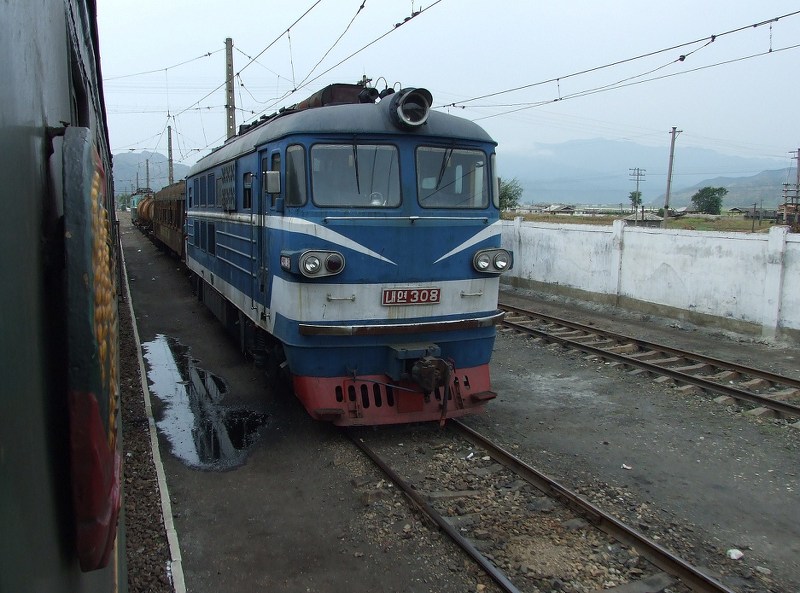
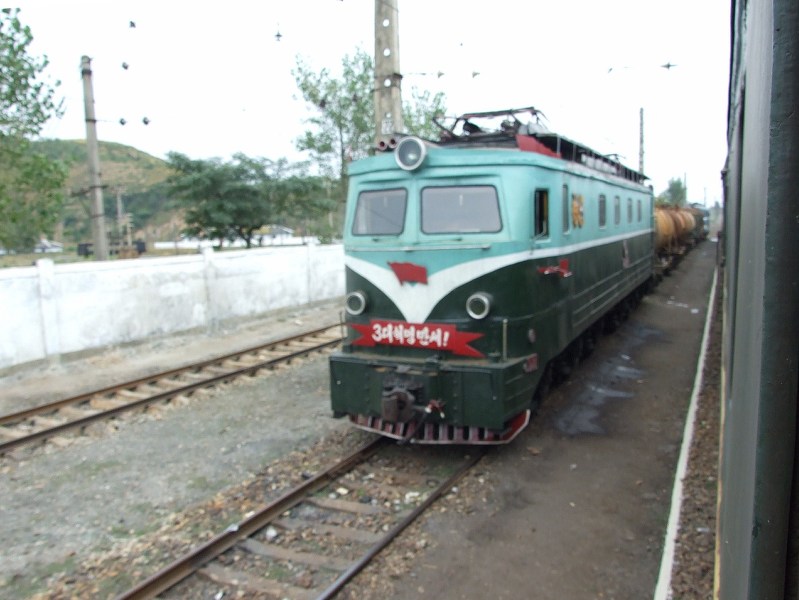
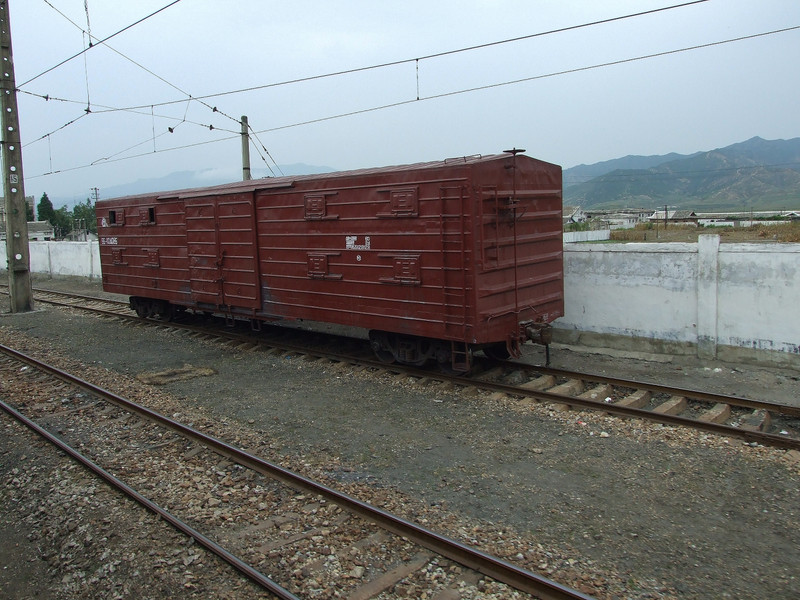
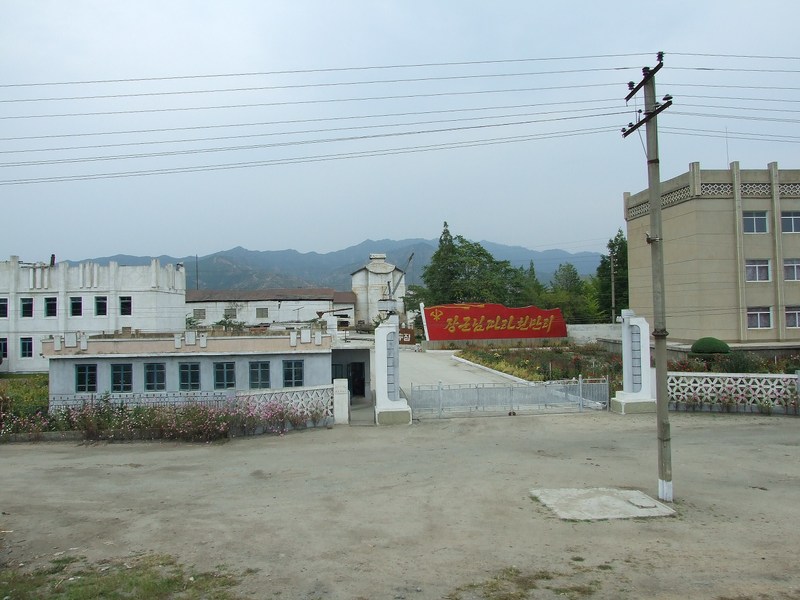
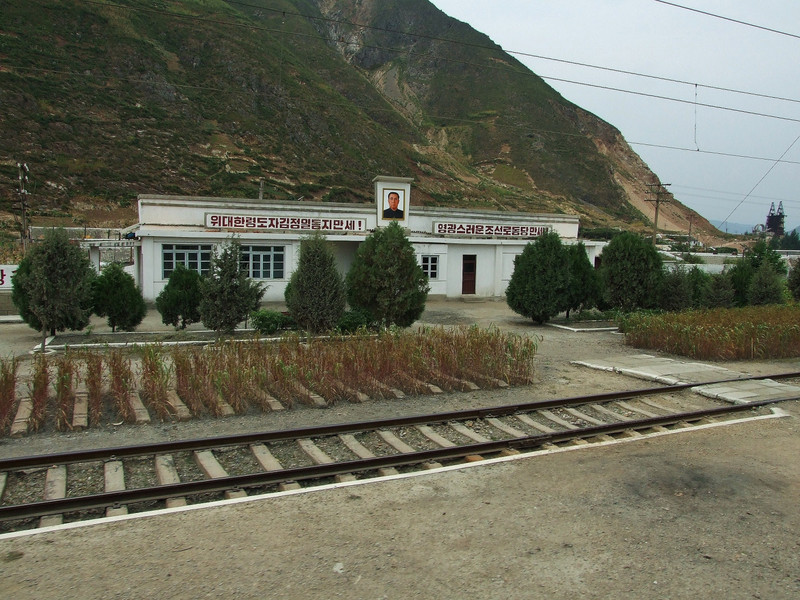
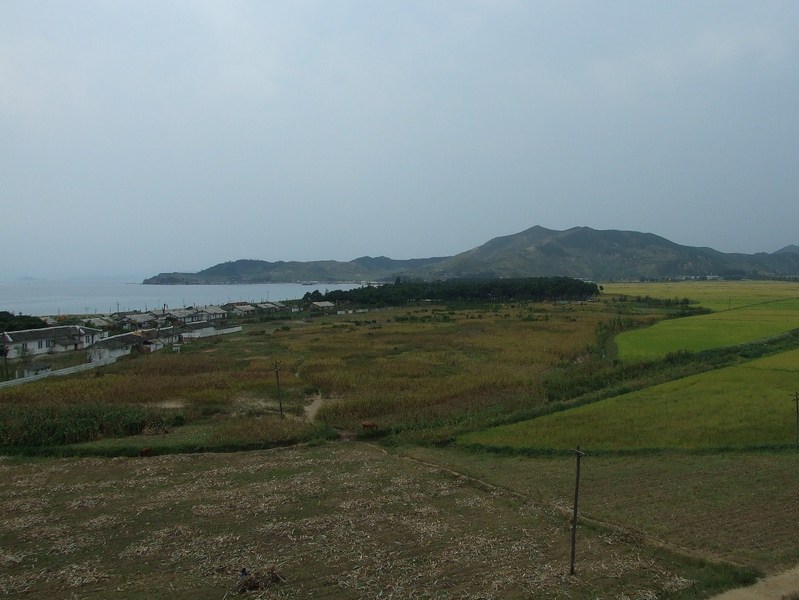
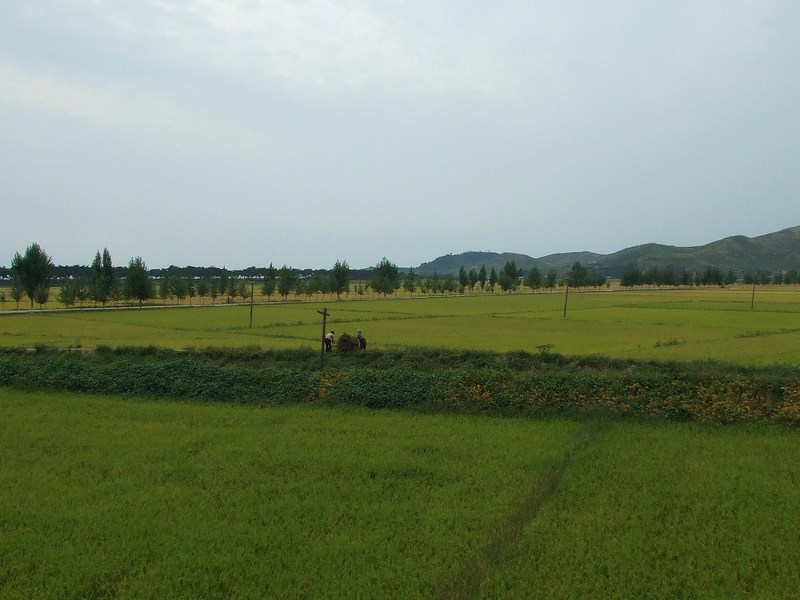
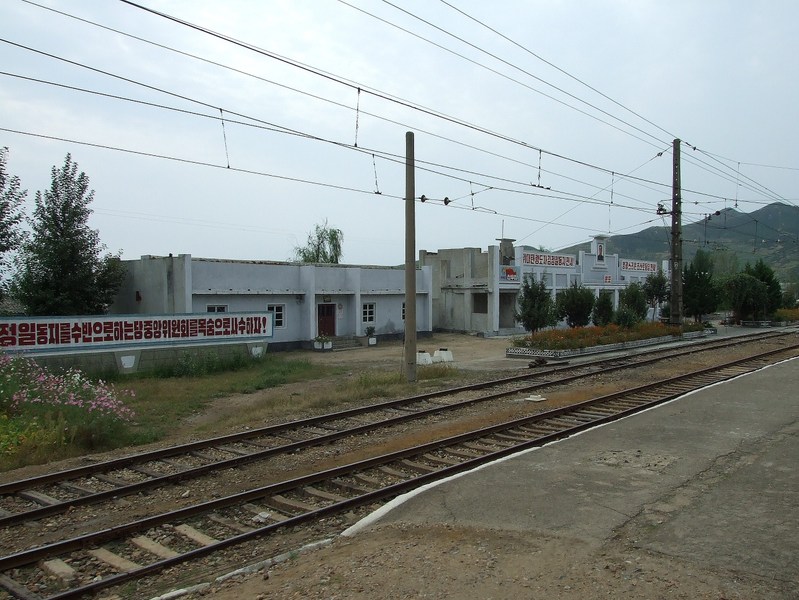
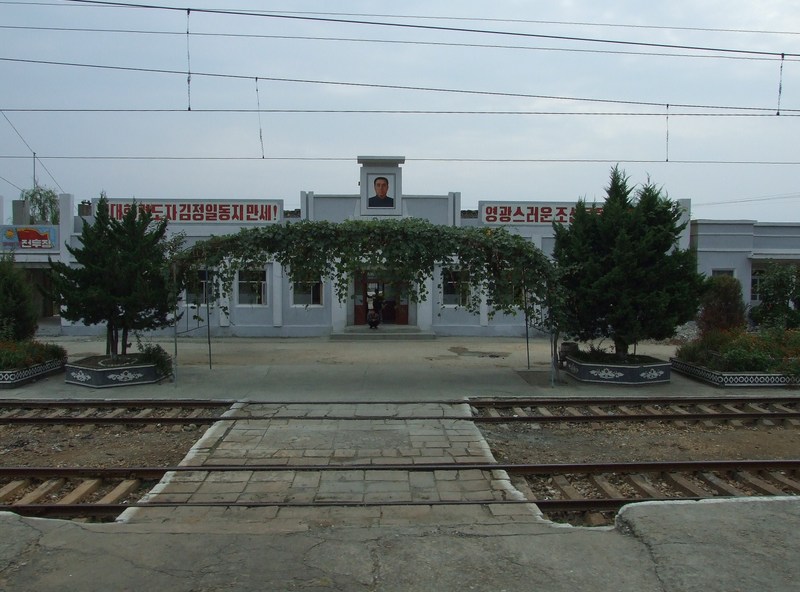
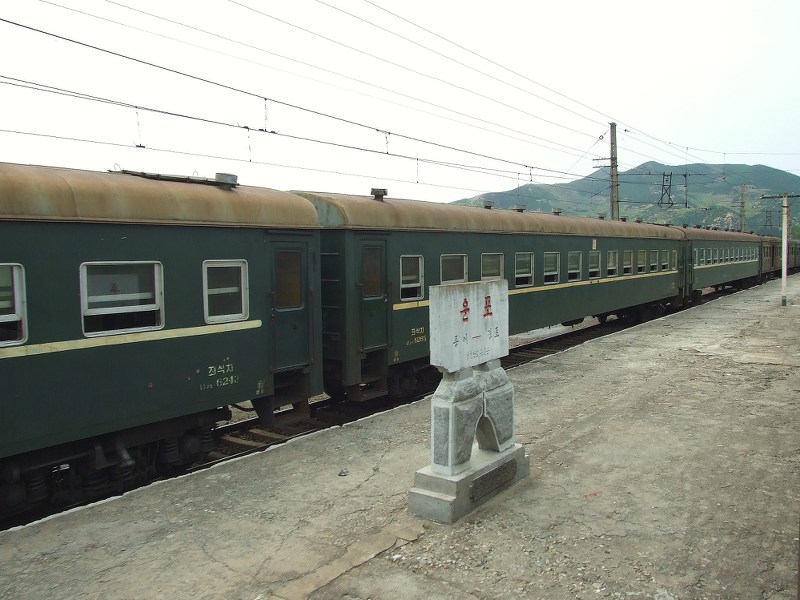
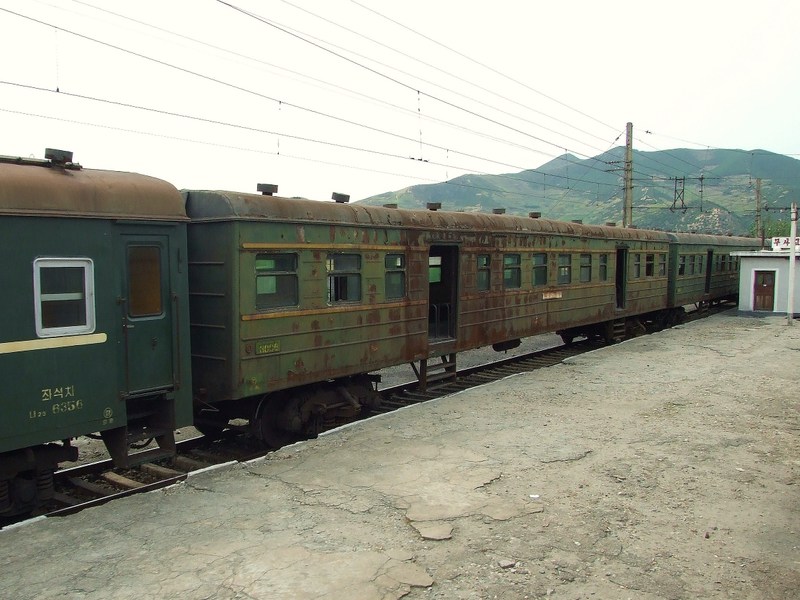
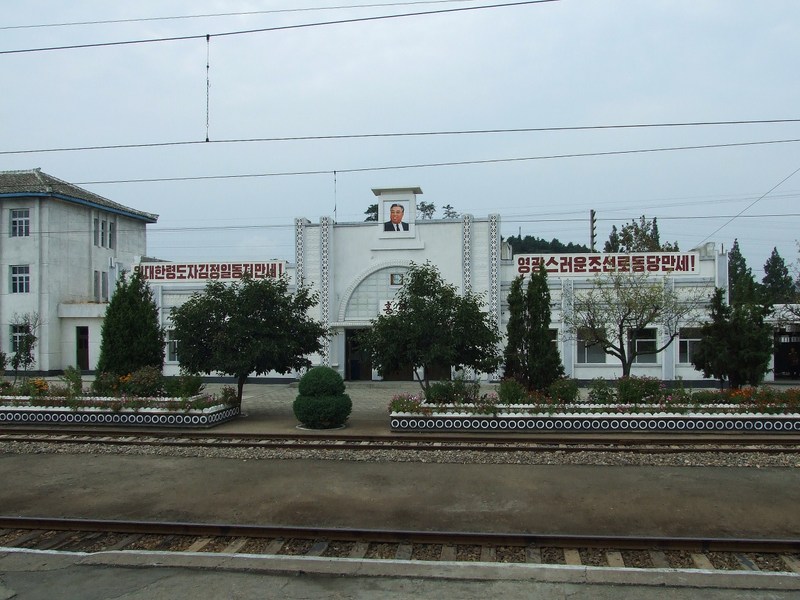
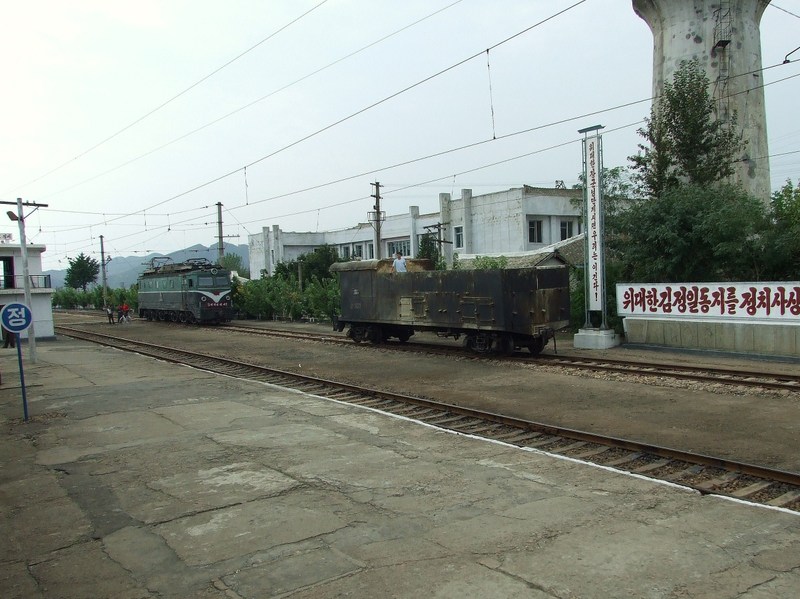
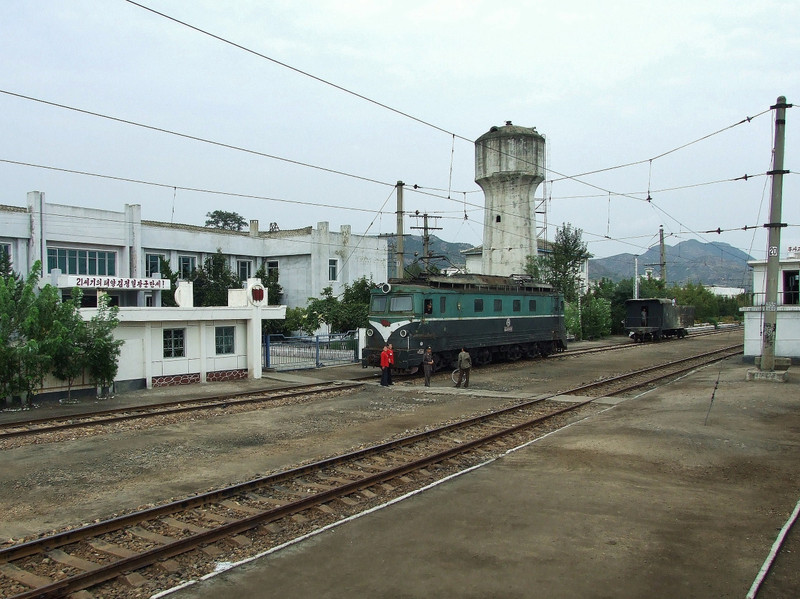

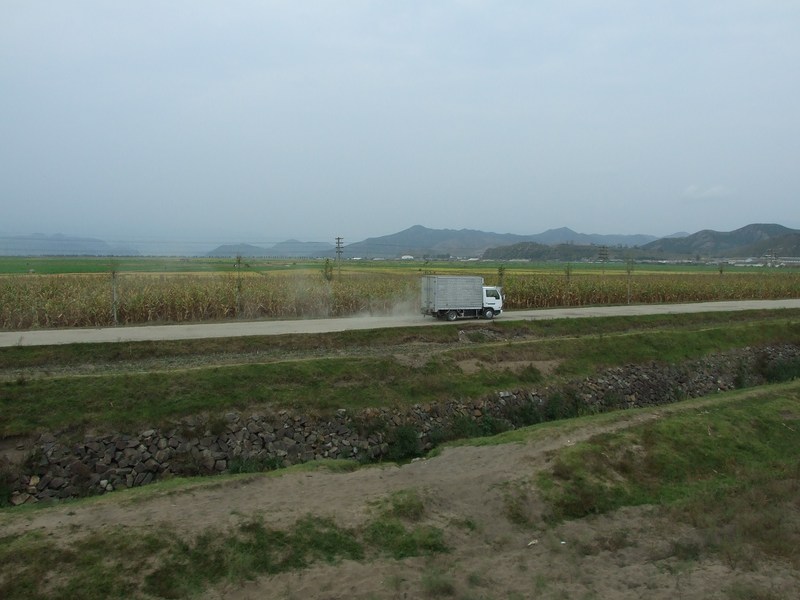
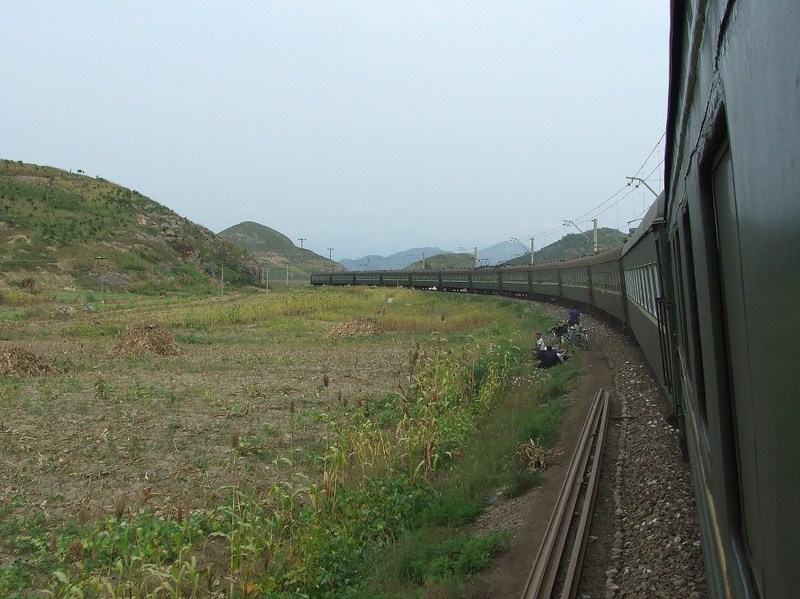

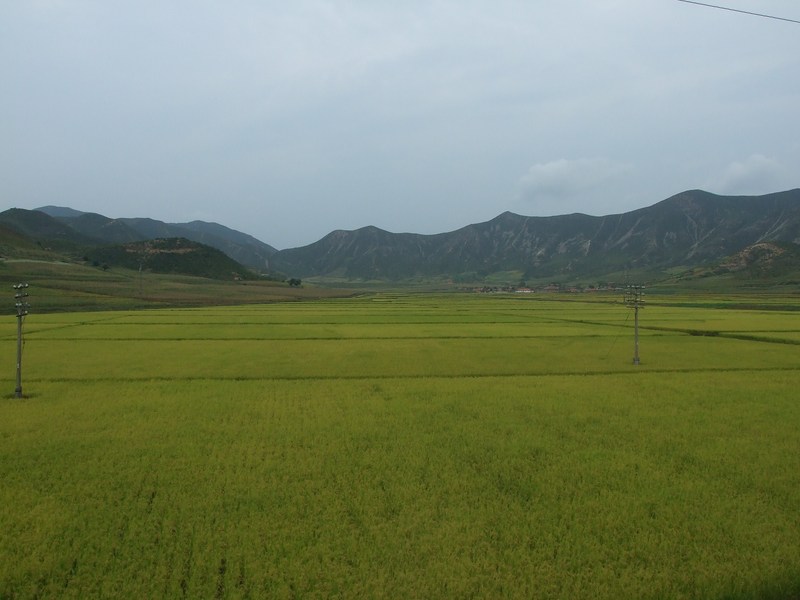
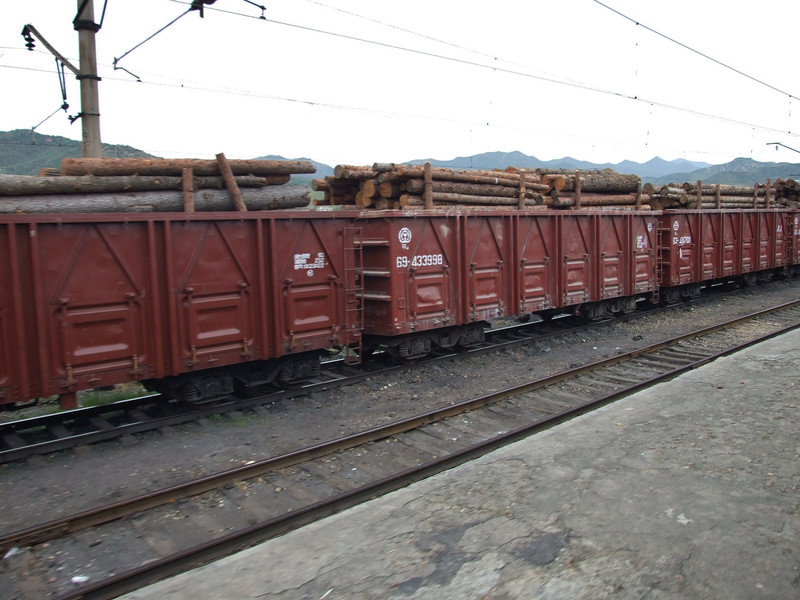

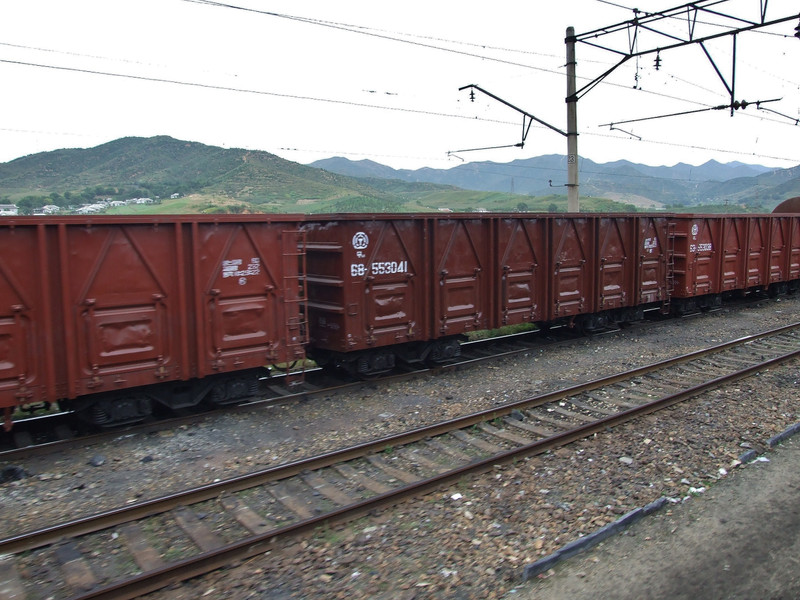

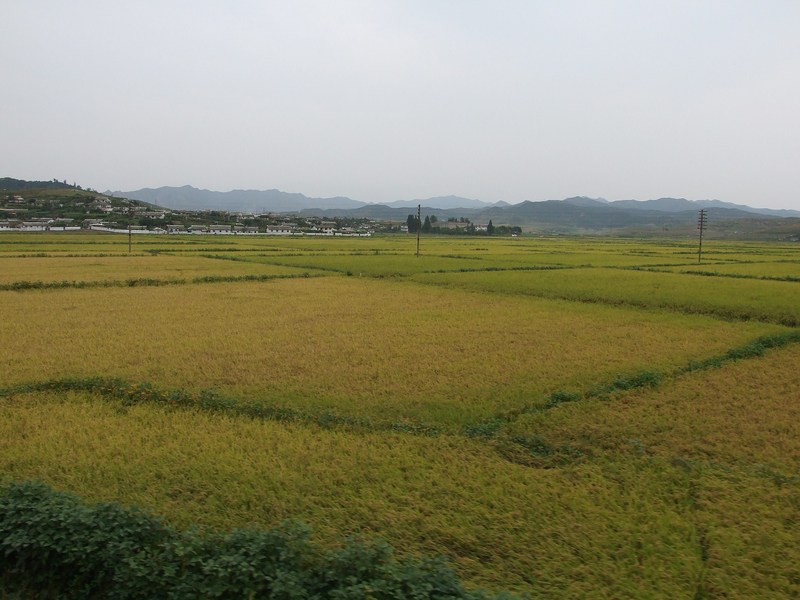
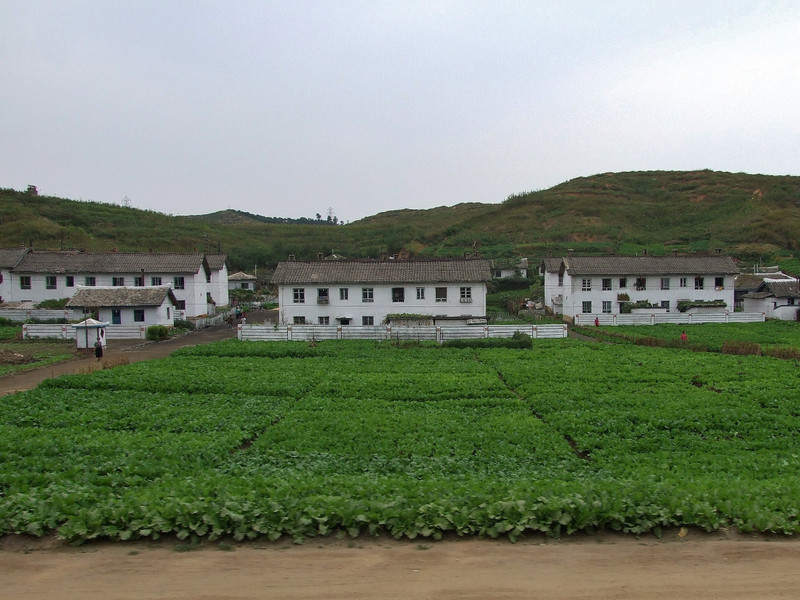
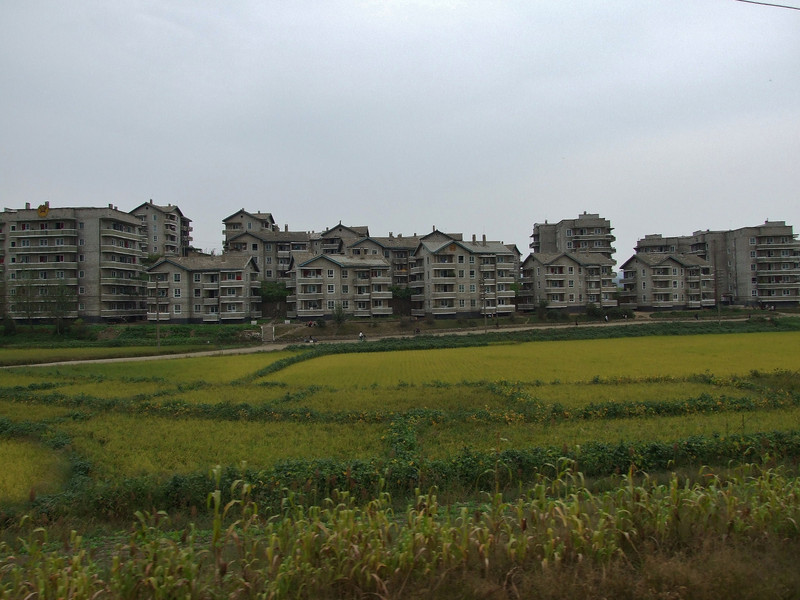
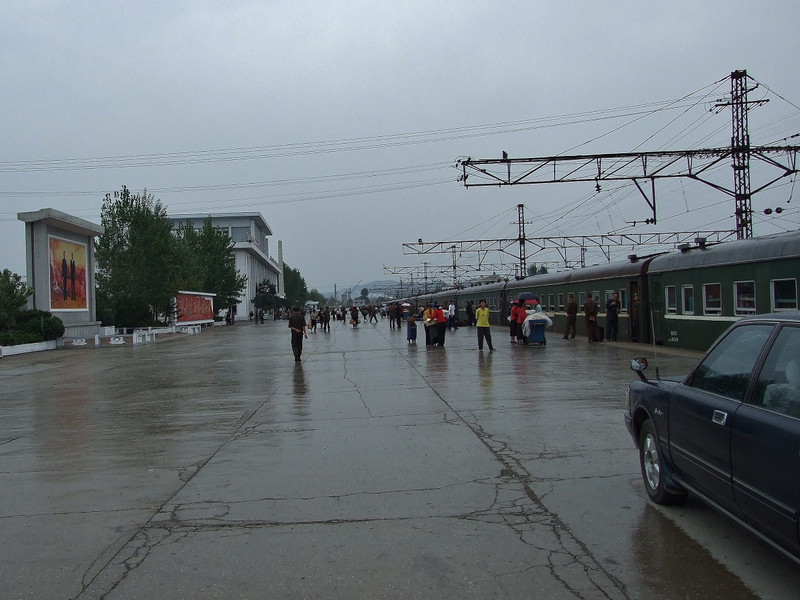
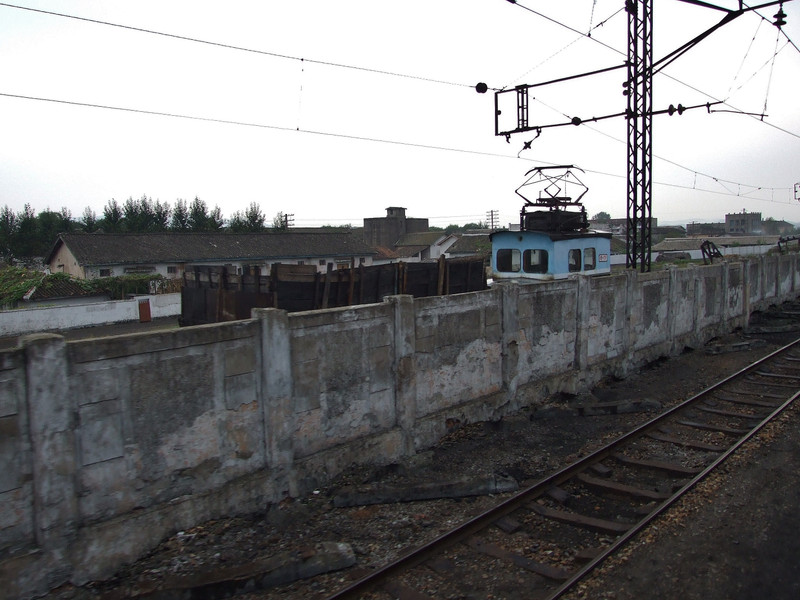

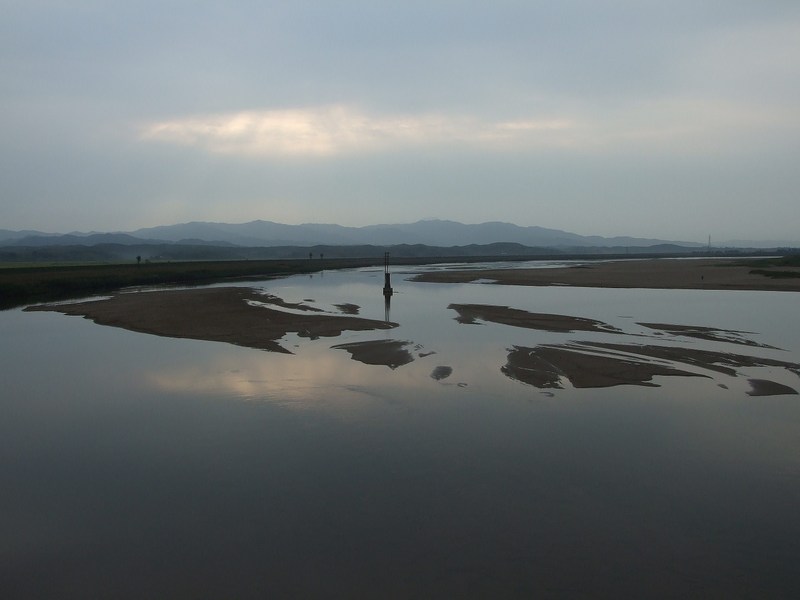
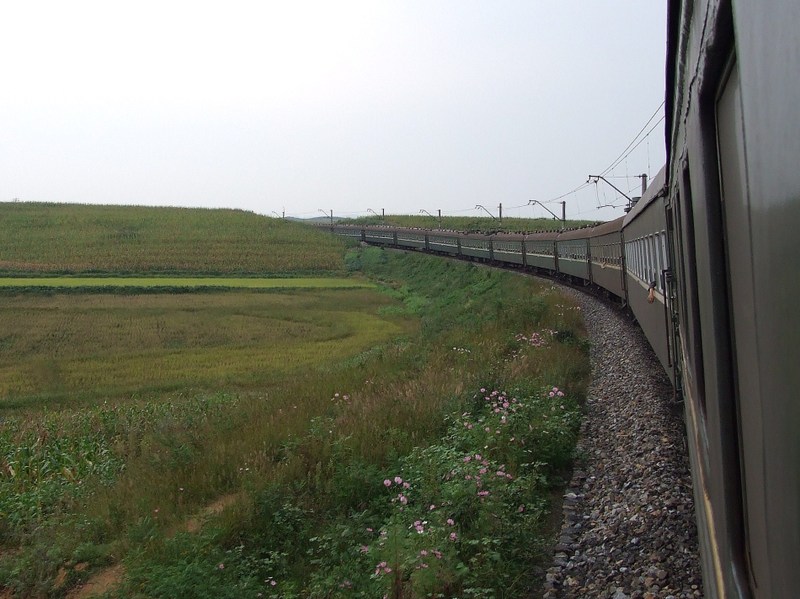
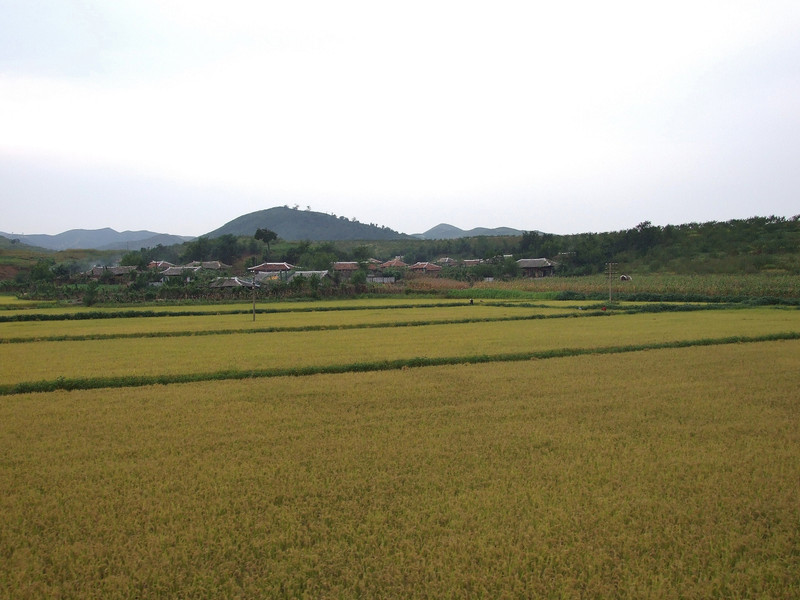
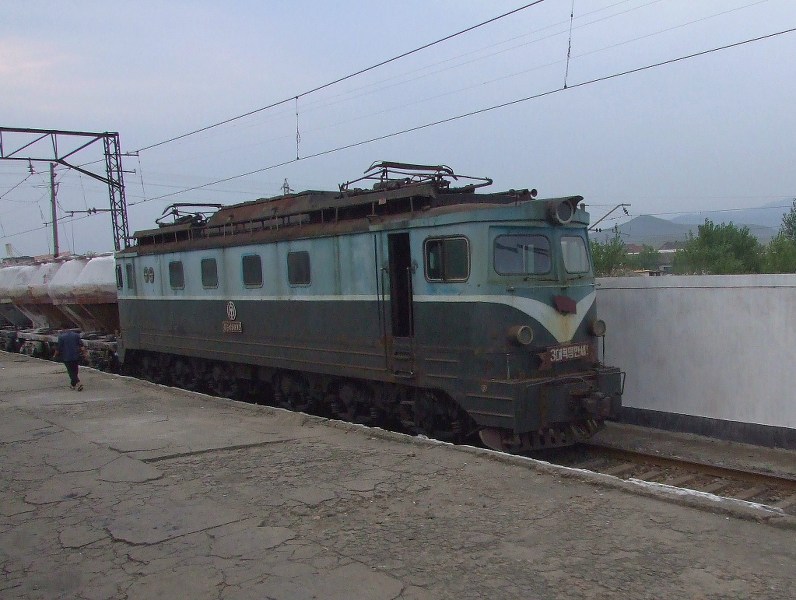
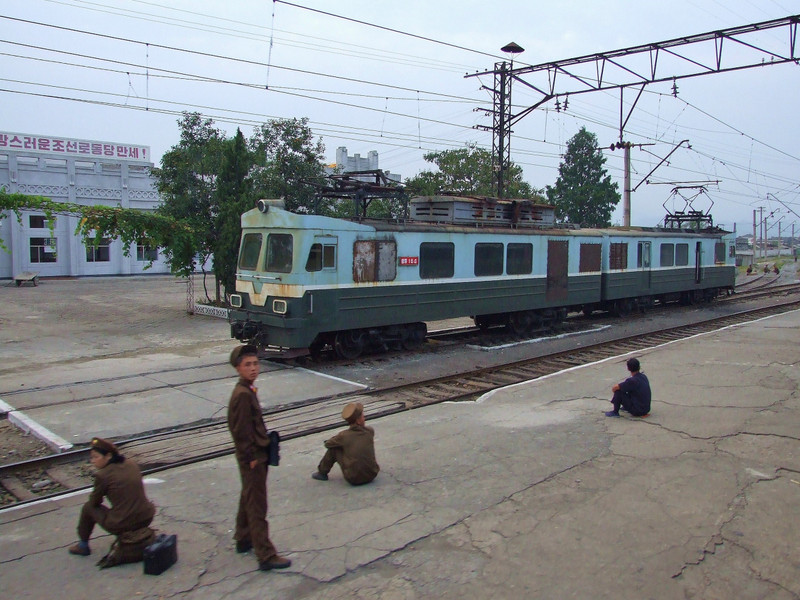
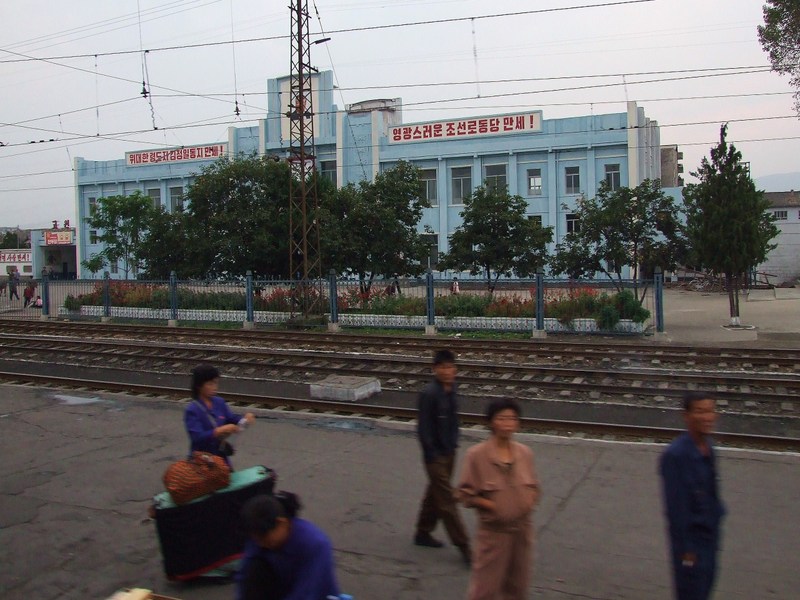
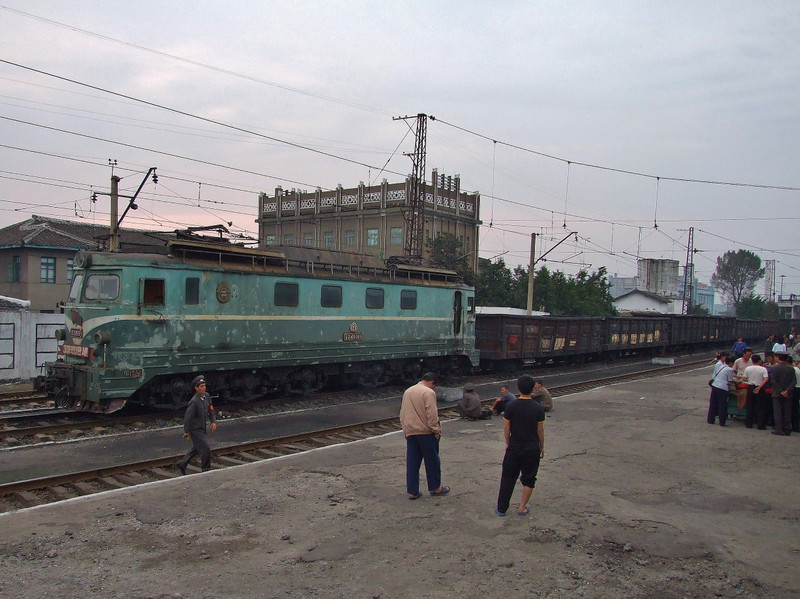
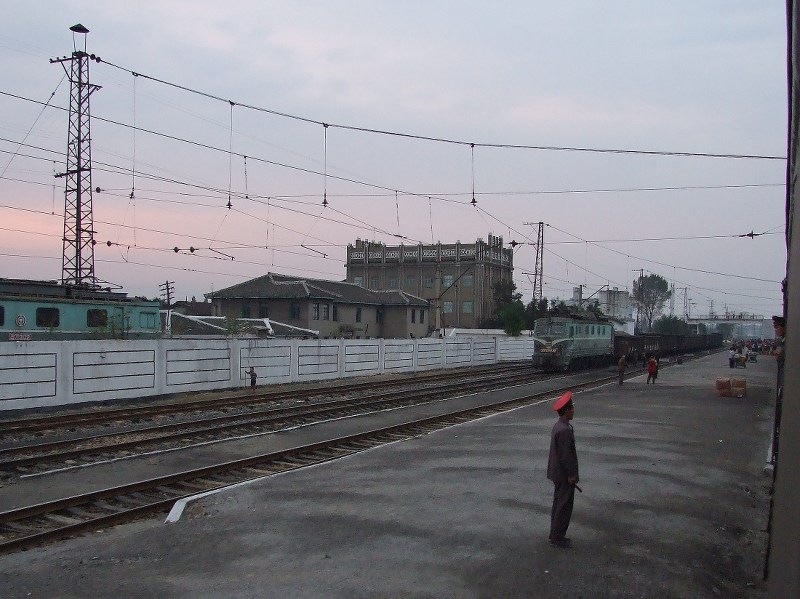
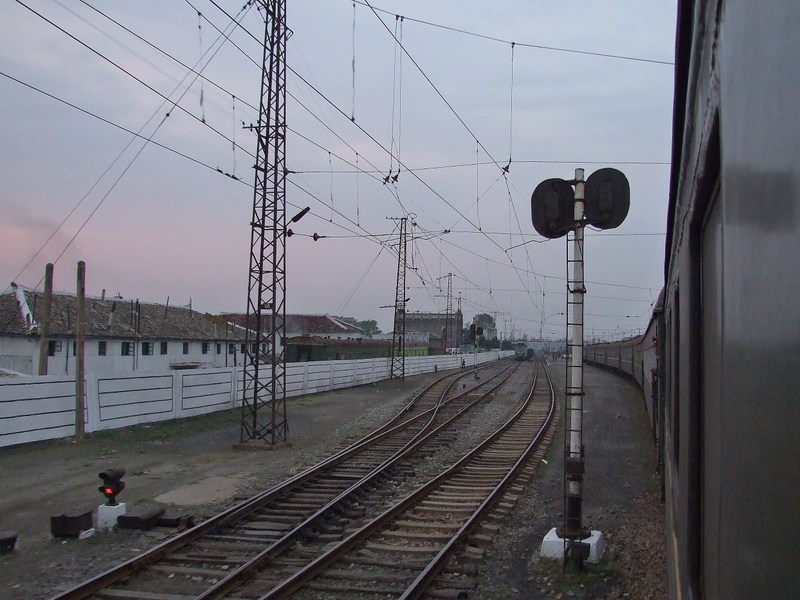
Japanese Sea?
ReplyDeleteAre you kidding???
There is a 'Easten Sea'!!!
Many Koreans are
very~very~discomport.
Dear blogger,
ReplyDeleteThank you very much for the nice website. I enjoyed it quite a lot.
I do not intend to involve you in the dispute, but I can tell you the fact. The internationally accepted name of the sea is Sea of Japan. See, for example, wikipedia's "Sea of Japan naming dispute".
On April 23, 2004, the United Nations affirmed in a written document that it will continue using the name "Sea of Japan" in its official documents.
I advise you to write "Sea of Japan (Eastern Sea)". I guess it is a good compromise between making angry Koreans a little bit calm and showing yourself not too idiotic.
Good luck.
Hi Helmut,
ReplyDeleteHow did the guides know that you would arrive by train from Tumangan? You didn't inform them in advance, did you?
Dear Helmut,
ReplyDeletethis is a very interested trip report, superbe !!!
Thank you so much.
Greetings from Germany
Walter
Dear Helmut,
ReplyDeleteI´m from South Korea and I have interest with the railroad in North Korea. The stations in this page belong to the Pyongna Line and the old name of the railroad is Hamgyeong Line, which was complete in 1928 by Japan.
The distance is well-known, because this interval was constructed in the times of japanese colony. I could not find the first two stations in the wikipedia site. Probably the name of the stations has been already changed.
Anyway thank you so much for your website.
Excellent story. And, oddly, very nostalgic for me: all the 'monumental' white stations in the middle of nowhere, the empty concrete platforms, the "soft sleep" carriages, the dining cars with curtains and the bashed-up locos in stunning undeveloped countryside look almost exactly like what I saw when travelling by rail round China in 1985-86....A blast from the past!
ReplyDeleteWhat a long long journey!
ReplyDeleteSehr geehrter Blogschreiber,
ReplyDeleteich hätte drei Fragen und hoffe, sie als Eisenbahner können da weiterhelfen:
Zwei Dinge wundern mich: Zum einen schaut das Logo auf vielen Güterwagen nach dem der Chinesischen Bahnen aus - hat Nordkorea so wenige eigene, oder sind die alle abgekauft? Wie sieht das eigentliche Zeichen der nordkoreansichen Bahn aus?
Welche Kupplung nutzt Nordkorea: Die Sowjetische Sa3, oder die Janney-Kupplung Chinas und der USA?
Und zuletzt: die Oberleitungsbauform auf vielen Bildern sieht irgendwie oft bei Einzelmastaufhängigung nach alten Reichsbahn-Oberleitungen aus, so mit senkrecht hängenden Isolator nur dem Auslegerrohr massiv. Auch die Aufhängung am Quertragewerk aus Seilen auf einem Bild verwundert stark, war ich bislang doch davon ausgegangen, das man östlich von Deutschland eher Traversen bevorzugt, denn Querseile (OK ich war bislang nur Polen und Tschechien). Mich würde interessieren, ob das wirklich eine weltweit gängige Bauform ist, die nur zufällig in Polen und Tschechien seltner vorkommt, oder ob die Nordkoreanische Oberleitung auch in den Augen eines Vielreisenden wie Ihnen ungewöhnliche ist. Ganz ausschließen lässt sich ja nicht, das nicht möglichweise durch die DDR die Technik geliefert wurde, so wie es angeblich eine Stadt geben soll, die den Unternamen "die deutsche Stadt" tragen soll, weil viele DDR-Arbeiter im Rahmen eines speziellen Projekt in Nordkorea dort mitbauten. Im Moment erinnert jeden Mastform und Ausleger stark un frühere Elektrifizierungs-Experimente, wie bei den schleßischen Gebirgsbahnen.
Auf Antworten von Ihnen freuhe ich mich sehr,
mit freundlichen Grüßen
D. Vielberth
Sehr geehrter Herr Vielberth,
ReplyDeletedanke für Ihr Interesse an meinem Bericht.
Zu Ihren Fragen:
Das Logo der nordkoreanischen Eisenbahn ist dem der chinesischen Bahn sehr ähnlich, aber nicht exakt gleich. Das nordkoreanische Logo hat zwei Ringe um das Schienenprofil in der Mitte, das chinesische nur einen.
Die Kupplung ist dieselbe wie in China.
Bzgl der Oberleitung muss ich leider passen - da weiss ich nicht an welche Technik sich die Nordkoreaner bei der Elektrifizierung angelehnt haben und ob da evtl eine Zusammenarbeit mit der DDR bestand; auszuschliessen wäre das natürlich nicht...
Beste Grüsse aus Wien, Helmut Uttenthaler
Sehr geehrter Herr Uttenthaler,
ReplyDeleteerstmal danke für die Antwort.
In Sachen Oberleitung meinte ich konkret dieses Bild hier: http://img827.imageshack.us/img827/4912/20080920103.jpg mit dem Querseiltragwerk und den eckigen Betonmasten, wie die eben an frühere Reichsbahn-Experimente erinnern. Es könnte natürlich auch sein, das die aus den Beständen der nach dem Krieg von den Russen demontierten Oberleitungen stammen und später an Korea weiter verkauft haben. Die DDR hatte ja auch einiges wieder zurück gekauft (vermutlich nicht alles, sonst hätte es bei den verschiedenen Deutsche Einheit-Projekten nicht soviele nachelektrifizierungen gegeben.)
Jetzt hätte ich allerdings noch ne Frage: Es gibts ja Modelle von Pjöngjanger Straßenbahnen in H0 und Heris plant in einem Transib-Set a.u ein Modell des Nordkoreanischen Kurswagens. Meine Frage ist, ob Ihnen zufällig weitere Hersteller bekannt sind, die Modellbahnhbedarf nach Vorbild Nordkorea herstellen (ggf unter Adaption passender chinesischer Modelle)?
Für Ihre Antwort wieder herzlichen Dank
Gruß Daniel Vielberth
Very interesting blog! I came upon it looking at Google Earth images of North Korea. I will say the comment you made about not seeing any visibly starving people might not be accurate. I looked at the faces in many of your photos and saw the same thing I see in the documentaries about NK: gaunt, very thin people who look like their clothes hang on them. Probably just getting enough to survive. I bet the suffering is great, and you cannot see it under the long sleeves. I find North Korea so fascinating. Thanks for sharing your experiences.
ReplyDelete